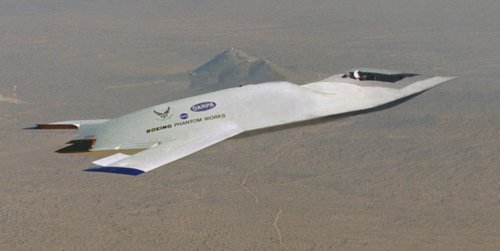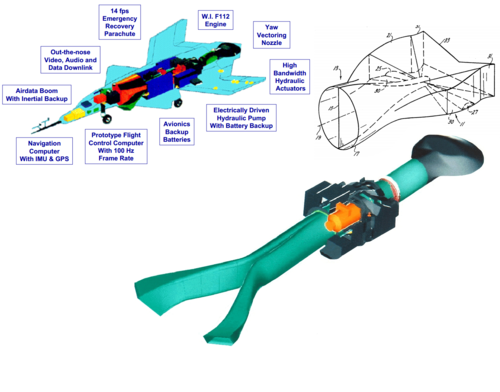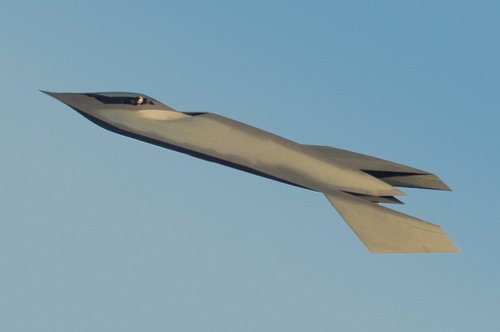JasonSpidey
I really should change my personal text
- Joined
- 15 November 2011
- Messages
- 6
- Reaction score
- 1
Obviously, it's still open to debate at this point, but it seems (IMHO) more and more as though the F-35 program, and the entire point of the Joint Strike Fighter program in general, is a bit of a fool's errand. Expecting one plane to simultaneously replace the F-16, the F/A-18, the AV-8 and the A-10 is, well, ambitious at best—and doesn't seem to be doing very well so far.
So what do you think they should have done instead? Should the U.S. have built one plane for the Air Force requirements, one plane for the Navy requirements, and one for the Marine Corps requirements? Should they have built one plane to fill the fighter role (i.e. an F-16/F/A-18 replacement in naval and land-based variants) and one plane for an attack role (a plane that replaces the AV-8, the A-10 and, well, the niche where many of us hoped the A-12 Avenger II would be?) Or something else?
So what do you think they should have done instead? Should the U.S. have built one plane for the Air Force requirements, one plane for the Navy requirements, and one for the Marine Corps requirements? Should they have built one plane to fill the fighter role (i.e. an F-16/F/A-18 replacement in naval and land-based variants) and one plane for an attack role (a plane that replaces the AV-8, the A-10 and, well, the niche where many of us hoped the A-12 Avenger II would be?) Or something else?



